Walkers along tracks in sand dunes will often flush bright red moths which flutter prettily in the sunlight before collapsing into the vegetation, often failing to settle long enough to allow a close inspection. Sometimes masses of red and black moths are seen feeding, on other times just the odd one is seen feeding on clover tor thyme.
These moths can look quite similar especially when seen briefly so identification can be tricky. Here we provide photographs and identification pointers of these moths.
Perhaps the most abundant of this group of moths is the Six-spot Burnet moth. The moth is very abundant on some coastal sites; great sites for it include dunes at The Raven, County Wexford, Fanore, County Clare, Stradbally, County Kerry and Portrane, County Dublin. On these sites, it can be seen in hundreds, even thousands. The moth is day-flying, has six red spots on the upper surfaces of the mainly iridescent black forewings and back-bordered red hindwings. The antennae are strongly hooked. The larvae feed on Common Bird’s-foot-trefoil and the yellow cocoons are found on plant stems from May to August.
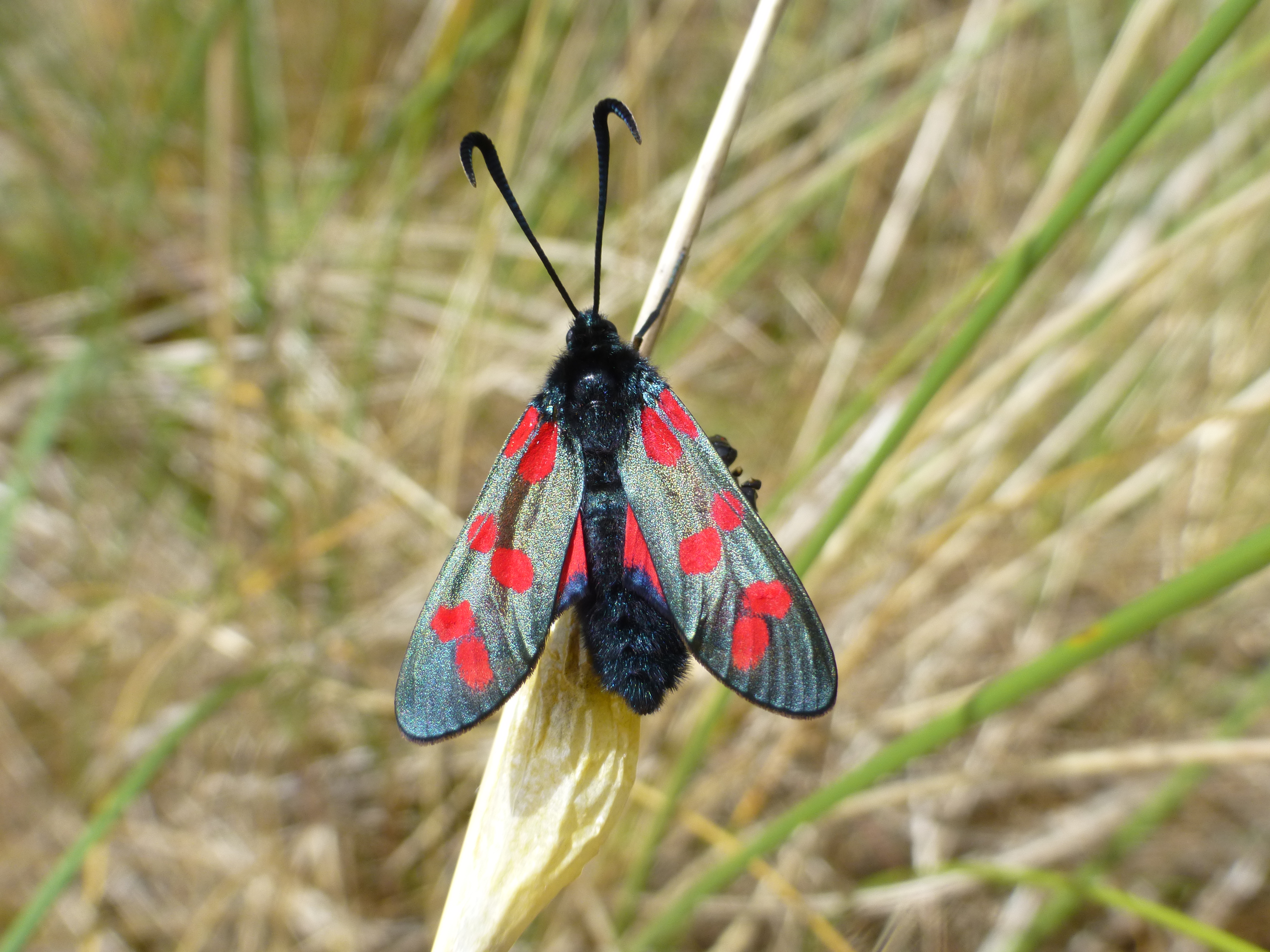
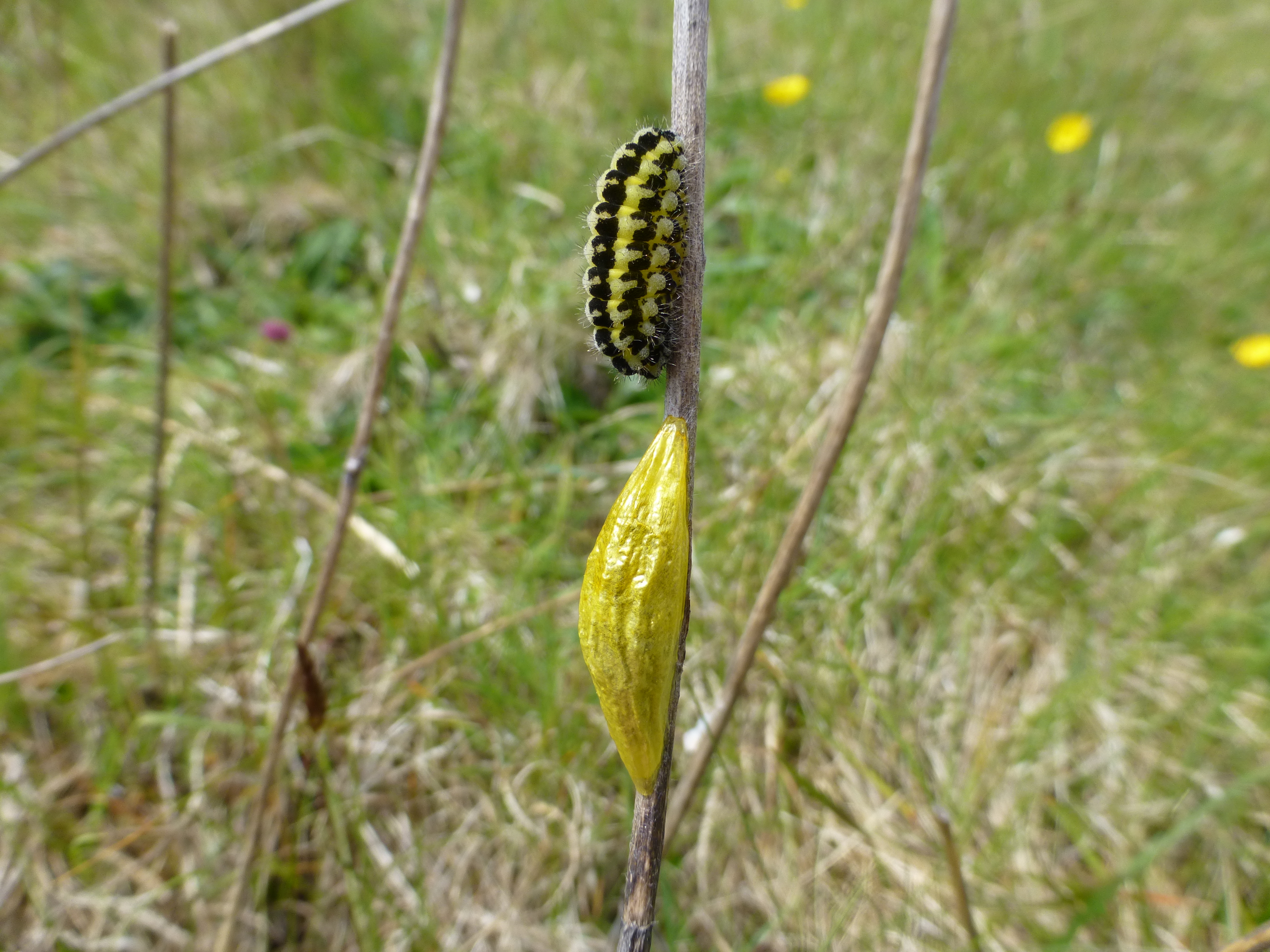
The species it most closely resembles is the Narrow-bordered Five-spot Burnet moth. This moth is much rarer than the Six-spot Burnet and is usually found on flower-rich damp sites where its main larval foodplant, Meadow Vetchling, occurs in ungrazed or lightly grazed grasslands. This moth is rated vulnerable on the Ireland Red List No. 9 Macro-moths (Lepidoptera) published in 2016. Both the adult moth and larva looks very similar to the Six-spot Burnet but it has five, not six spots on the foregoing. Its antennae are not as prominently hooked as the Six-spot Burnet’s. It is rarely as numerous on its sites as its common relative and appears to have a shorter flight time, appearing mainly during June. Good sites include Balydoyle Race Course near Portmarnock, County Dublin and Pollardstown Fen, County Kildare. It is more common in northern areas of Ireland.
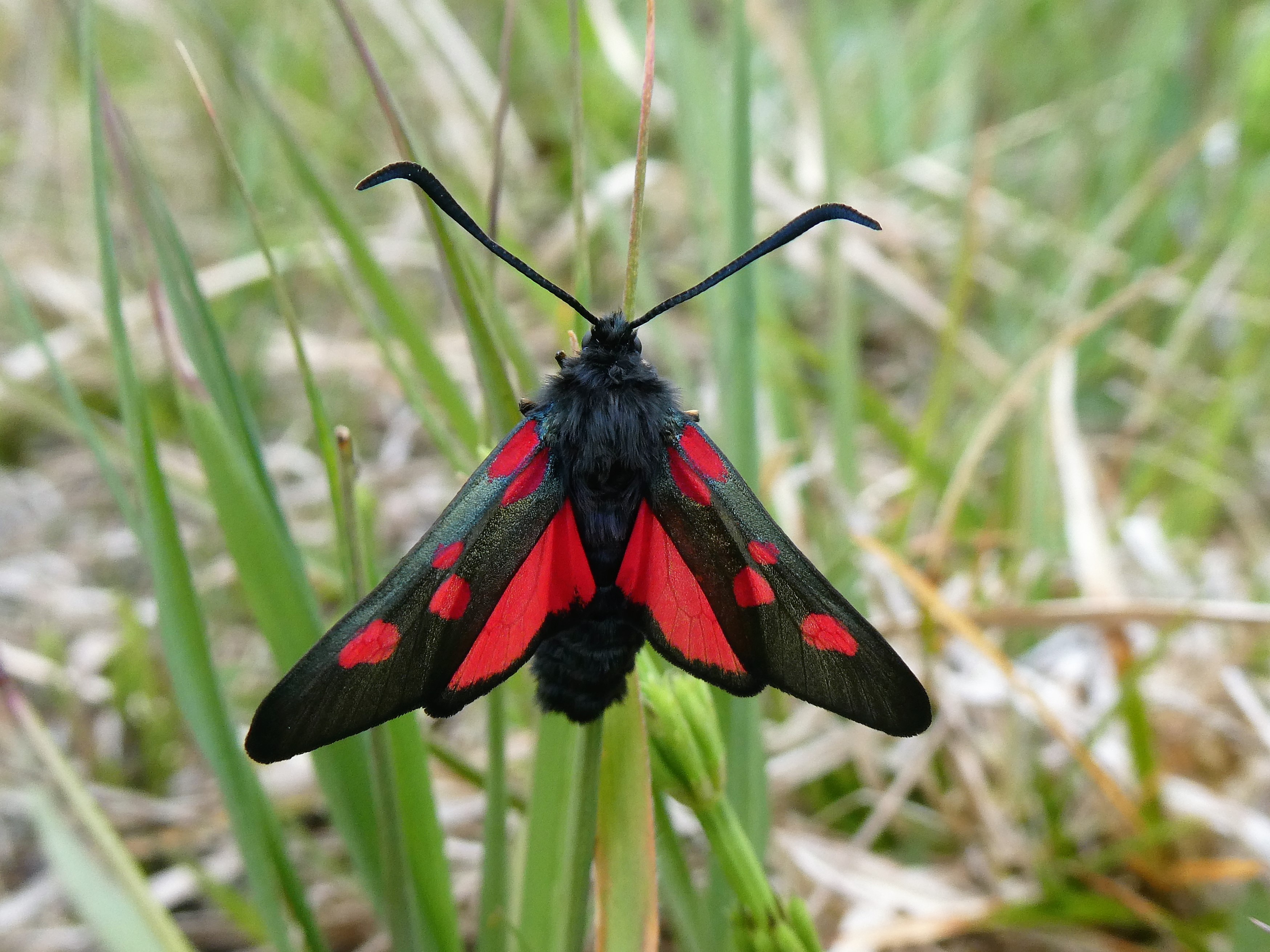
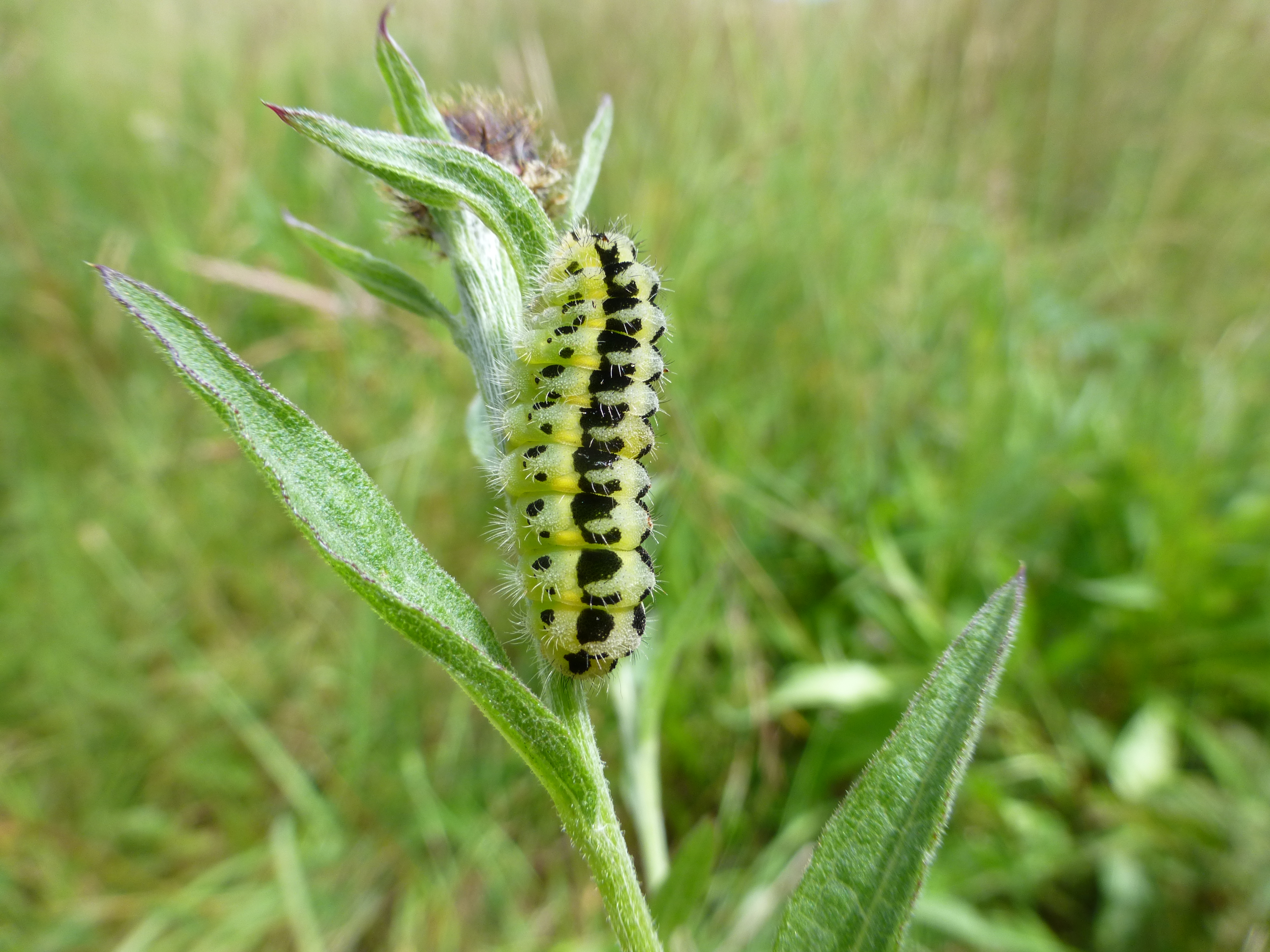
Another burnet, the Transparent Burnet, is smaller than the spotted burnets. The Transparent Burnet has two connected red bars on the forewings which are a charcoal colour but are somewhat see-through. This moth occurs mainly in the Burren where it is often very abundant. It is a day-flyer and feeds avidly on thyme flowers. The larva looks quite different from the larvae of the spotted burnets-mainly dark olive in colour. It eats thyme and can be seen in April and May. Good sites include Clooncoose, County Clare and the Black Head walk, County Clare.
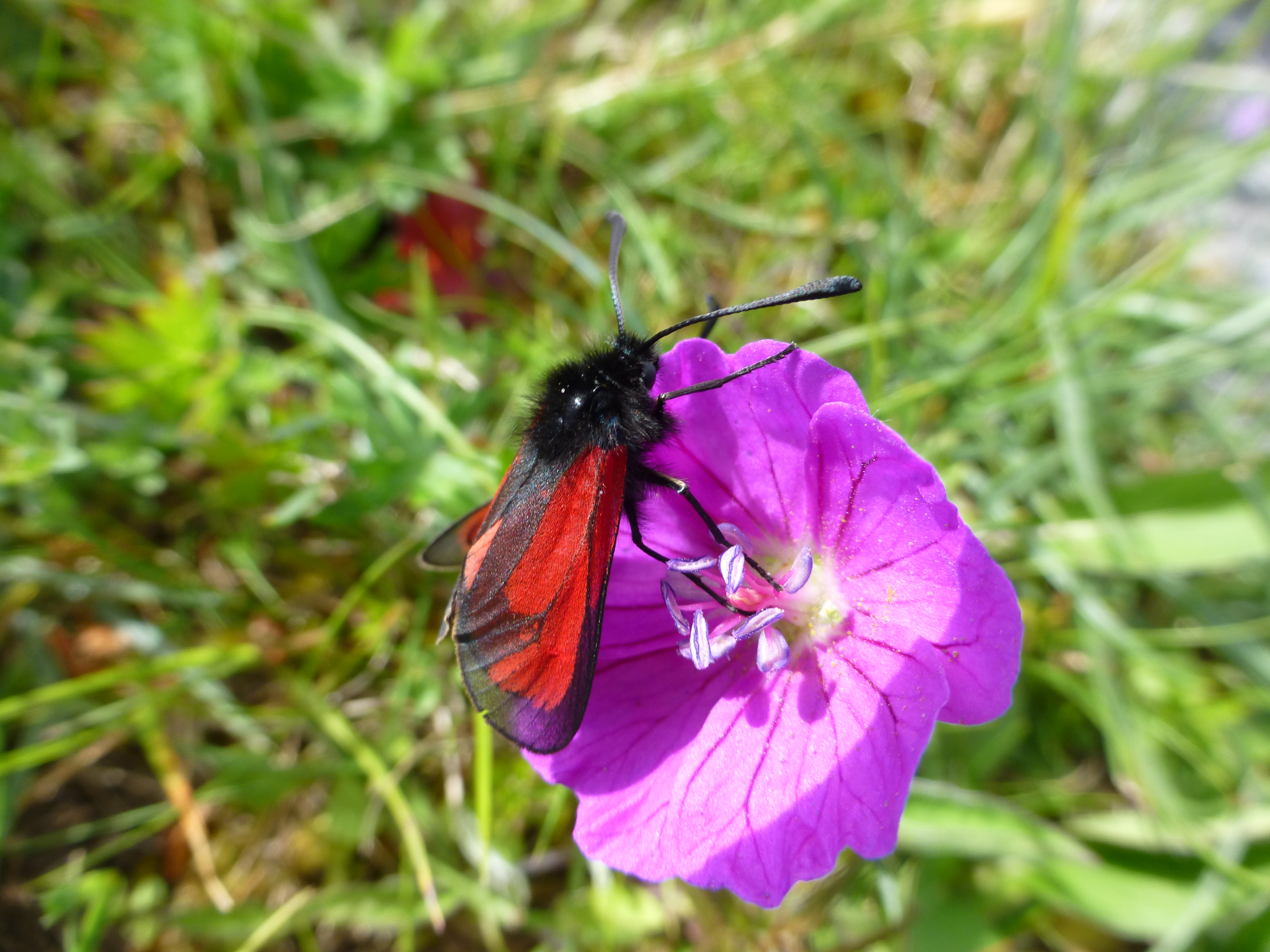
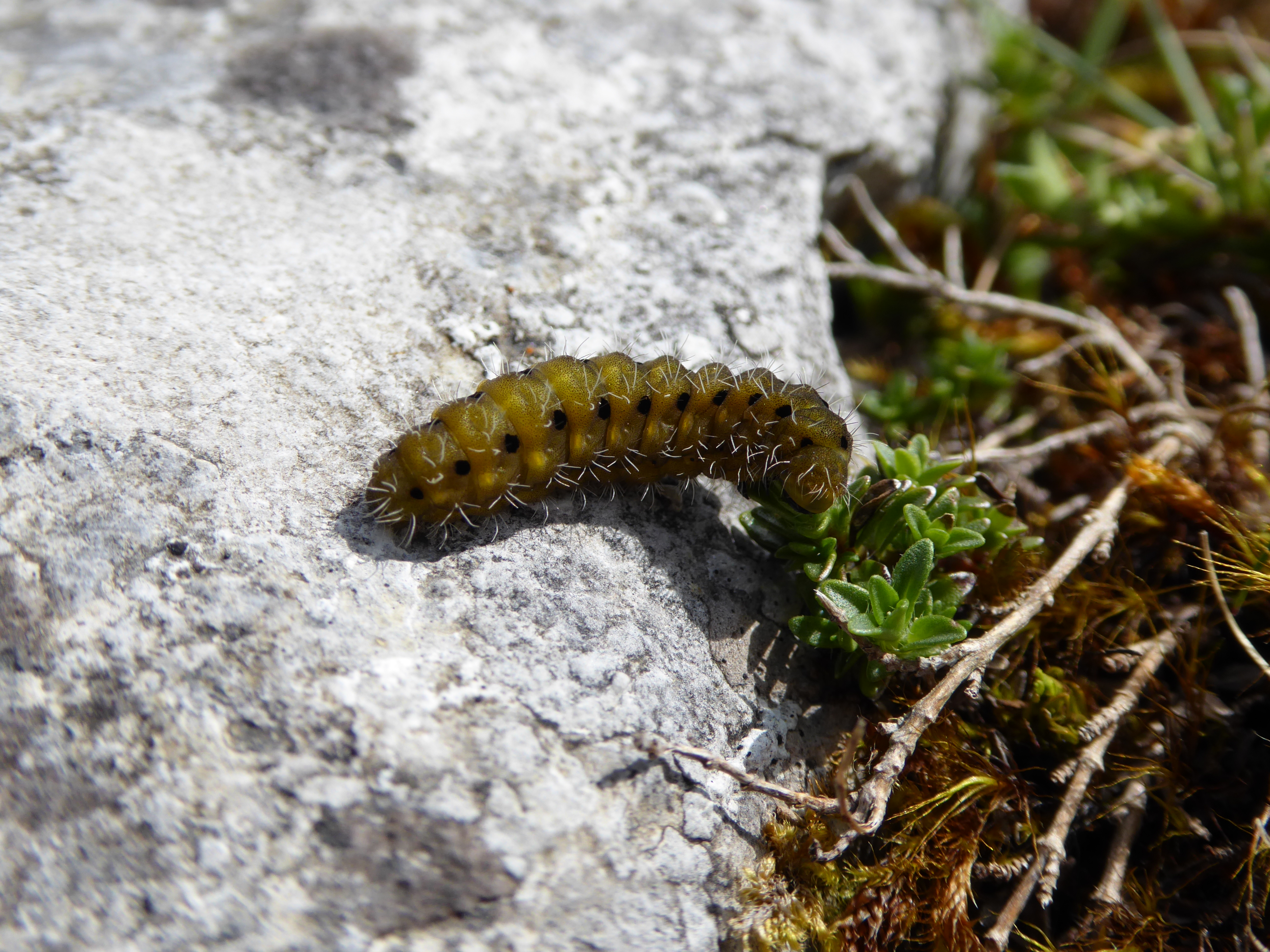
The Cinnabar moth has red hindwings like all the burnets but it has both spots and a bar on its forewing upper surface. The Cinnabar moth is a more widespread species occurs on brownfield sites, coastal sites, farmland, gardens and grassland heavily grazed by rabbits. It has a very distinctive larva-hopped in black and yellow. Despite its black and red colouring, it is not in the same family to the burnets, being related to the tiger moths. The Cinnabar is skittish, flying uneasily in sunshine but it is really a nocturnal species. However, it is commonly seen during the day and has a long flight season, flying from May to August. The moth is toxic because the larva feeds mainly on Common Ragwort, a plant containing a cyanide compound. Birds quickly learn to avoid the adult moth and larva! Good sites include Mornington, County Meath and disused sand pits throughout west Wicklow, such as near Blessington.
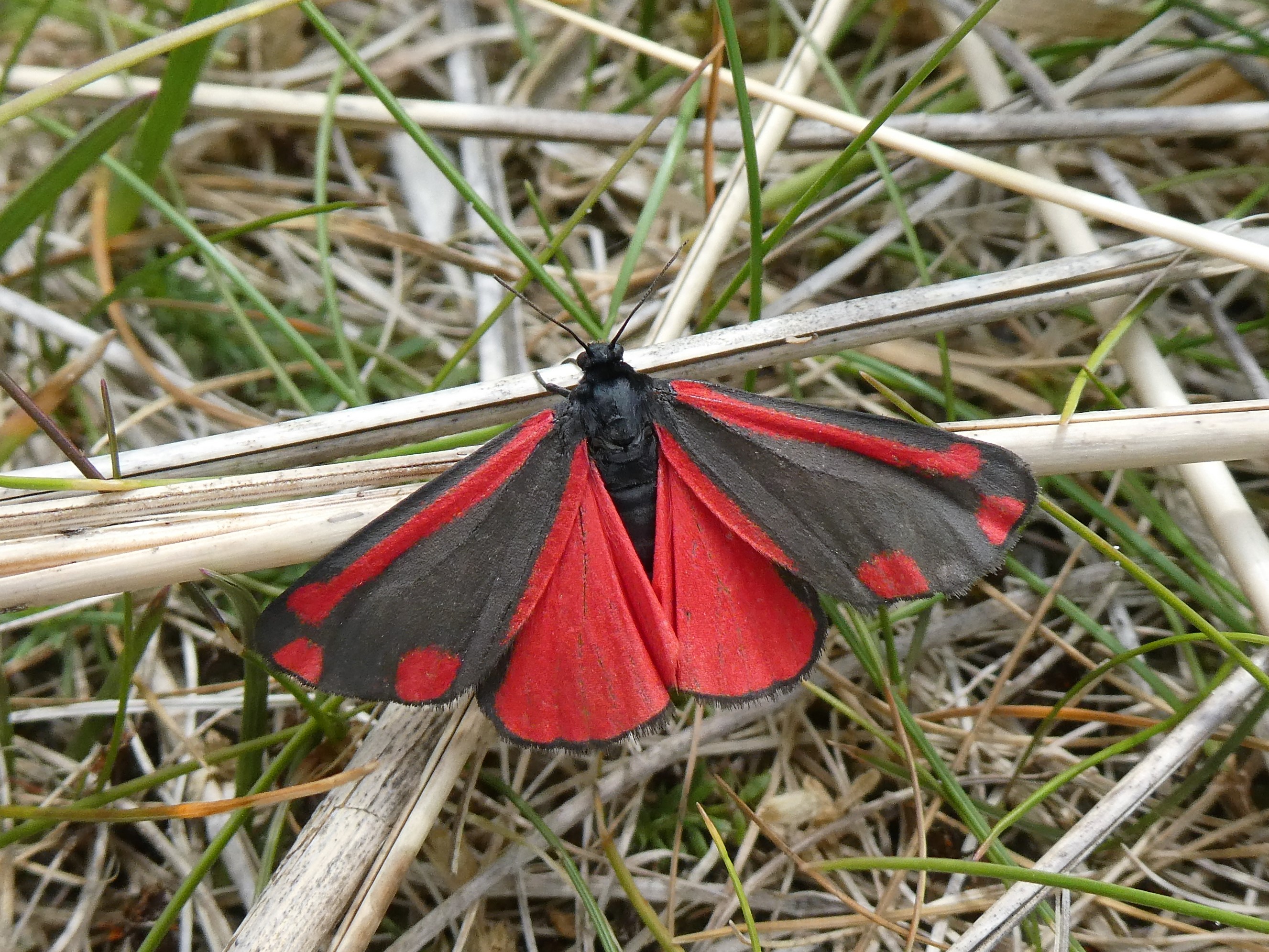
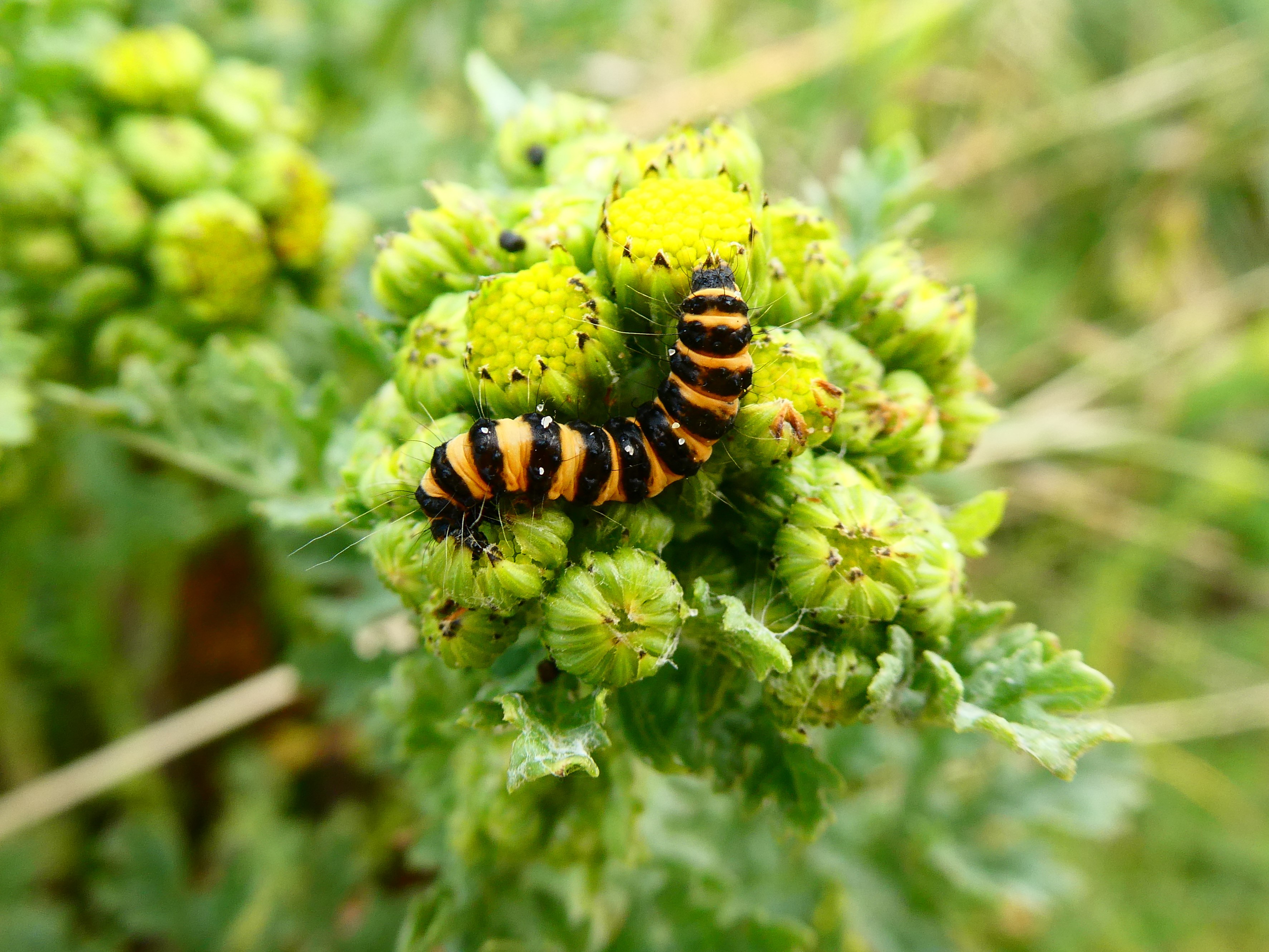
We would encourage you to let us know where you have seen these moths. If you see any of these species, contact us by email at conservation.butterfly@gmail.com.
Tell us your name, date of observation, the species you saw, the numbers of the species, habitat and placename of the site and a grid reference for the site which you can find here: https://irish.gridreferencefinder.com/
Your record can be stated like this:
John Smith (16/06/2020)
Cinnabar moth 10 at O159757, sand dunes at Mornington, Co. Meath.
We will publish your record on our Records page. The records will be sent to the National Biodiversity Data Centre at the end of the year so that the records will be saved by two organisations that track biodiversity.

